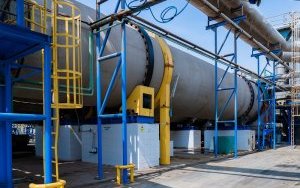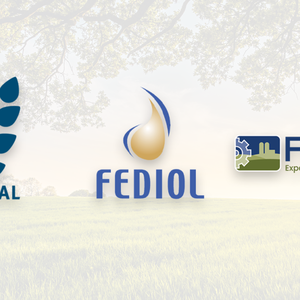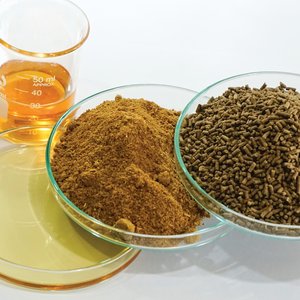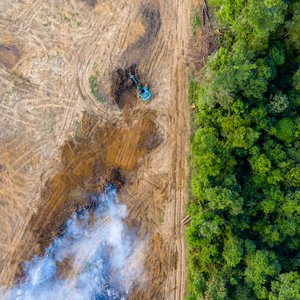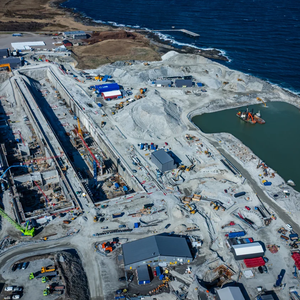The total cumulative of fishmeal production during the first two months of 2023 was up by more than 55% compared to the cumulative production reported through February 2022, according to IFFO. The larger production of fishmeal in Peru due to the late start of the second fishing season in the North-center area of the country was the main driver, but most regions have started the year with improved availability of raw material.
As for fish oil, the total cumulative output in the first two months of 2023 was 20% down year over year, mainly driven by the drop in the fish oil production reported in the Icelandic and North Atlantic areas.
Peru’s second fishing season in the North-Center region was officially closed on February 5, with 84% of the 2.283 million MT quota landed. No catches are being reported in Peru at the moment. The industry is expecting the government to shortly conclude the evaluation of the Peruvian Institute for Marine Studies' (IMARPE) report on the status of the anchovy biomass. Official announcements on the quota and the starting date of the next fishing season in the North-center of the country could come soon.
China’s marine ingredients and aquafeed production remains subdued
Little time is left before the new fishing ban along the Chinese coastline will be re-imposed on May 1. Byproducts from processed fish destined to direct human consumption are getting more important as a source of raw material for the reduction and imports of marine ingredients.
Aquafeed production in the first months of 2023 has remained subdued, partly because of the seasonal activity slowdown in both the aquaculture and pig farming sector, the COVID-19 wave that hit the country and the long holiday breaks. Aquafarming activities have so far remained confined to some areas of Guangdong, Guangxi and Hainan provinces. It is expected that the sector will reactivate when temperatures rise in April-May.


